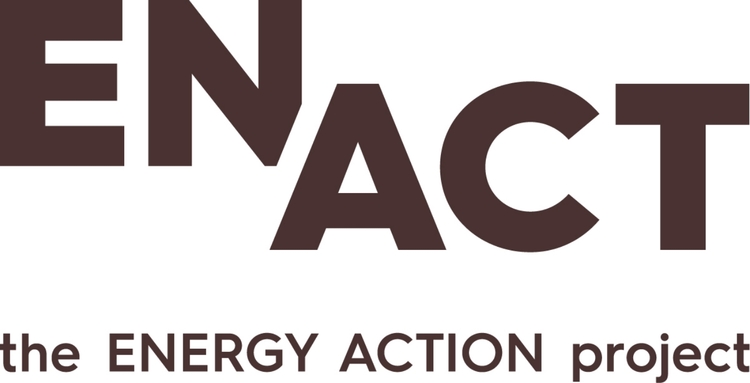With energy costs currently rising more quickly than incomes in most countries, higher energy bills are making it harder for many people to afford comfortable and safe living conditions inside their own homes. This reality affects people in many different ways, with strain on household budgets being the most obvious impact.
For families faced with energy bills that add up to 10% – or more – of their monthly income, making difficult choices is a daily reality. If they choose to ration energy use, they suffer cold and health impacts. Alternatively, putting energy needs first means going without something else.
The ‘heat or eat’ dilemma is perhaps the most distressing. For families with growing children, putting dinner on the table often takes priority over heating. Some revert to tactics like making it a 'fun family tradition' to eat while cuddled up under a blanket on the sofa. In fact, around 20% of parents living in fuel poverty regularly go without food to be certain their children can eat.
Others keep the heat at minimum levels, mistakenly believing that if they don't 'feel' cold, the house iswarm enough. But every degree counts: most guides recommend an indoor temperature of 21°C; lower temperatures can compromise the immune system, leaving people more likely to catch a cold, flu or viral infection.
If family members do get sick, the need to pay energy bills may prompt them to skip a trip to the doctor, thinking they'll get over it in a few days. Remaining in cold conditions is likely to extend the original illness and may lead to other complications. If the family has reduced its living space to a couple of rooms, the chance of passing a contagious illness on to other family members rises substantially. Those who do visit the doctor may find it impossible to pay for prescription drugs, again meaning the illness will drag on.
It's equally important to understand how such budget struggles flow through to undermine overall quality of life and the ability of a person – or an entire family – to flourish in their own activities.
Outside the home, the cost of petrol (or gasoline/diesel) further complicates already difficult budgeting decisions. Where urban planning is poor or public transport options are lacking, using a car may be the only viable option to get to work or get children to school. This can create a ‘Catch-22’ in which the cost of running a car short-changes household needs, but trying to avoid using the car restricts employment opportunities to local, low-paying jobs. Either way, the cost of getting to and from work and school makes it even harder to make ends meet.
The number of families being forced to make such trade-offs and take such health risks is much higher than one might expect, particularly in some segments of society. If one divides the population of Ireland, for example, in 10 groups of equal size according to income levels, it becomes clear that 52.1% of households in the lowest income 'decile' experience fuel poverty. As income rises, fewer and fewer people are affected: only 6.4% of the households in the 5th income decile struggle and, not surprisingly, no one in the 10th decile is affected.
Giving people in fuel poverty mechanisms to better manage energy consumption – and thus feel more in control of the household budget – can be an important means of improving their situation. Social agencies and utility companies often recommend installing 'pay-as-you-go' (PAYG) electricity meters, which require users to 'prepay' for electricity (usually with a dedicated payment card). This lets them decide in advance how much they’ll spend on electricity and also get a better sense of what it costs to run the clothes dryer, for instance. The meters also make it impossible to unexpectedly overrun the heating budget.
While PAYG meters can help peopletake control of spending, a potentially dangerous trap has also become evident in that when the money runs out, so does the power. While many countries have implemented laws that make it illegal for utility companies to disconnect homes in the winter, the PAYG approach means families can essentially 'self-disconnect'. When they've used up their heating budget, or run into an unexpected expense, they try to get through the rest of month without power. The new risk is that the family slips below the radar of utility companies that in the past might have been able to identify a customer who was struggling to keep up with payments or showing particularly low consumption patterns.
Cold homes have very specific health – and mental health – impacts for different segments of the population: follow additional links as COLD@HOME explores the effects on children, adults and the elderly.
